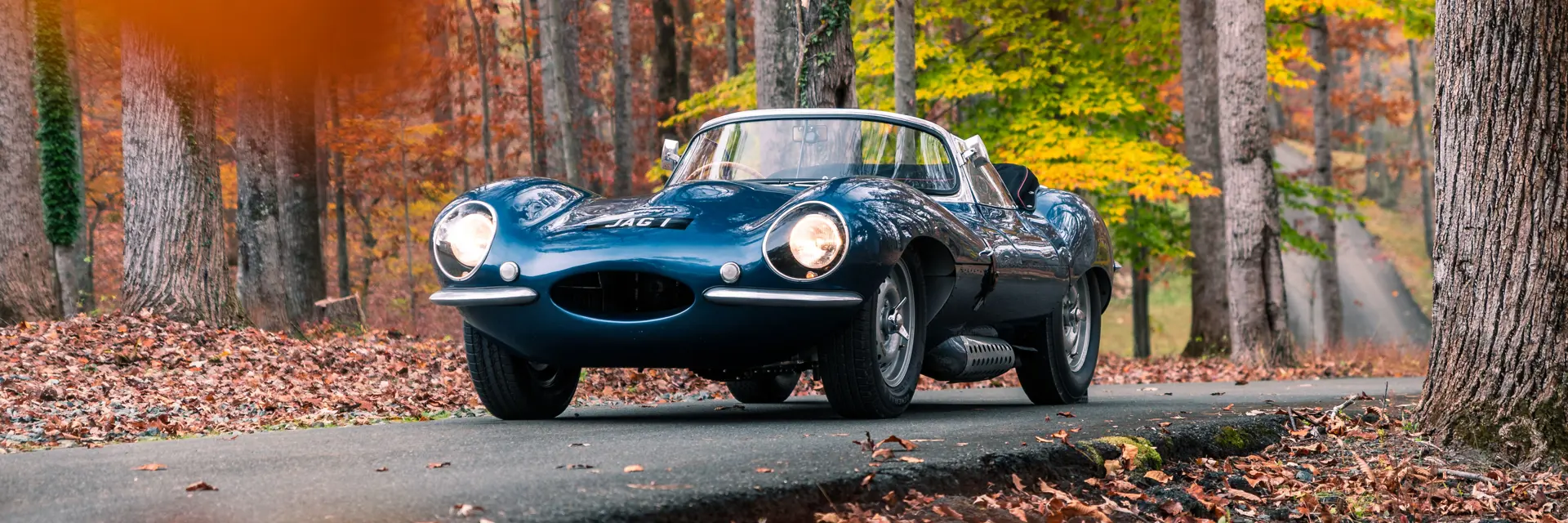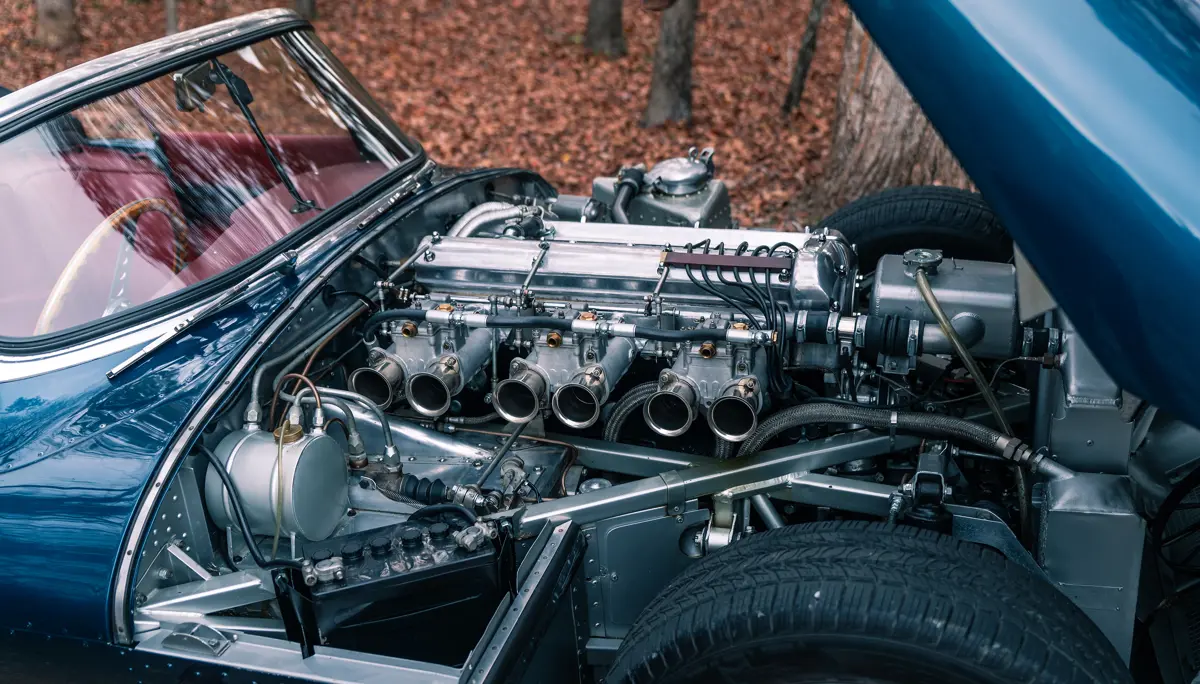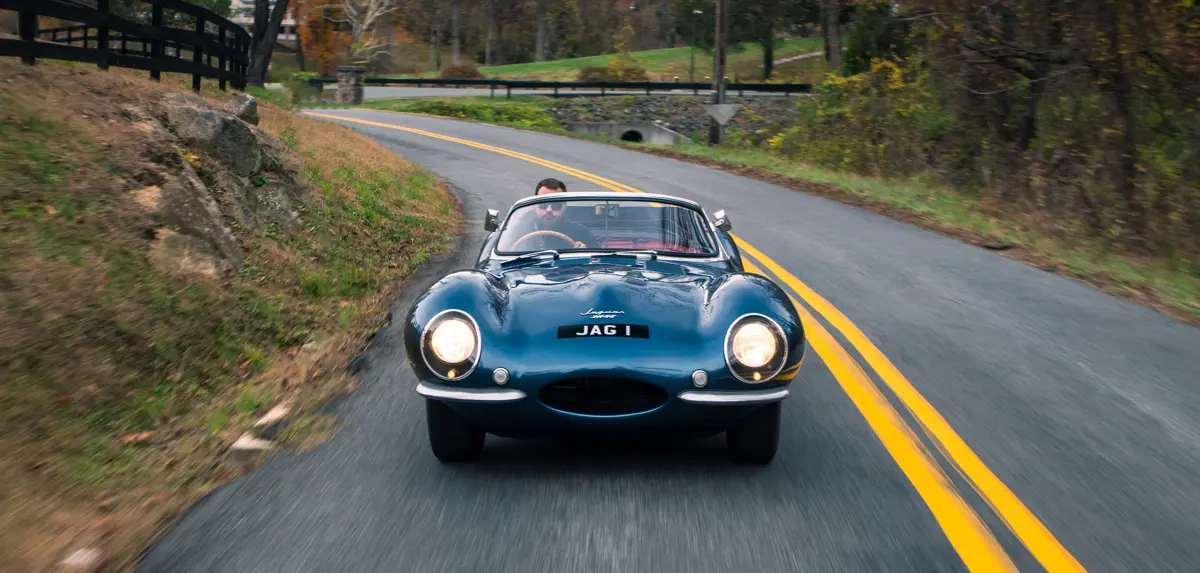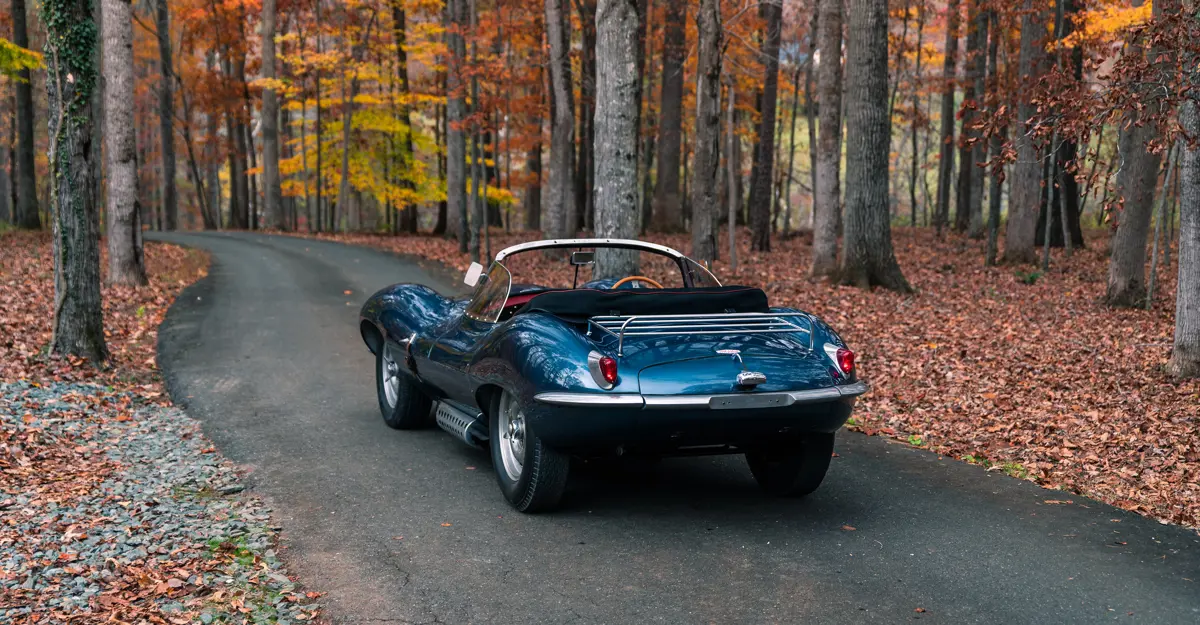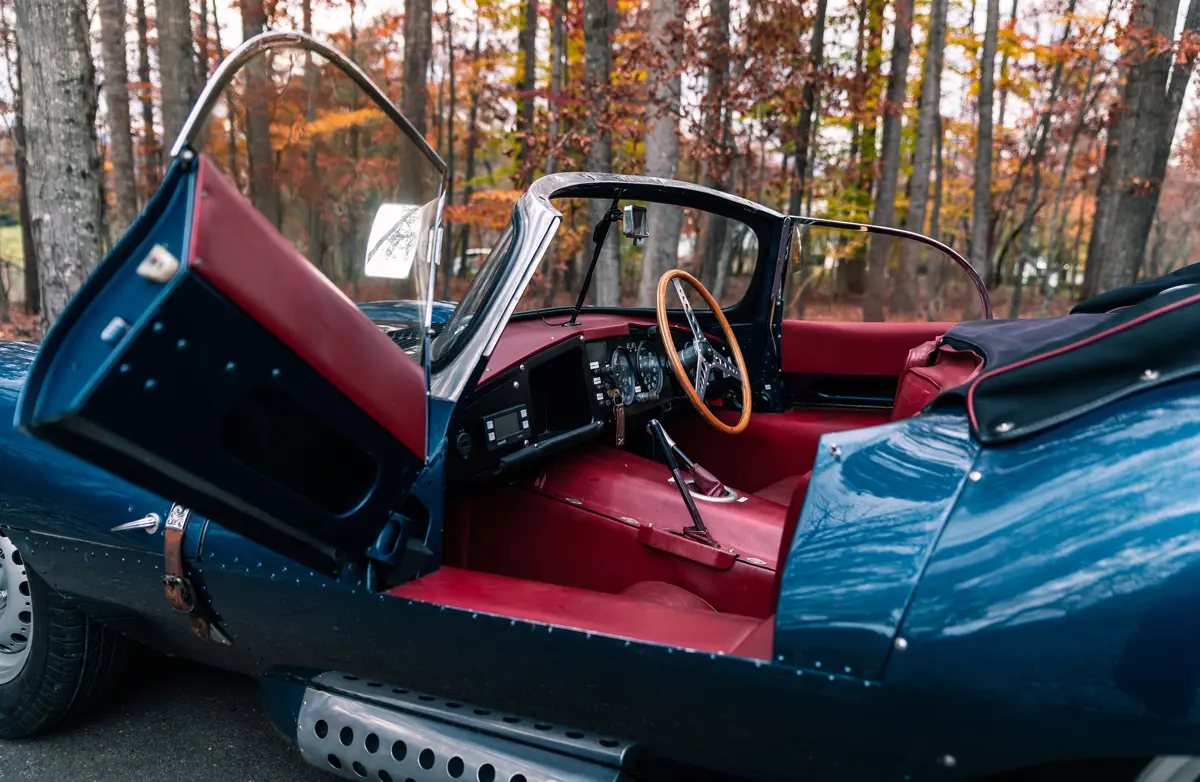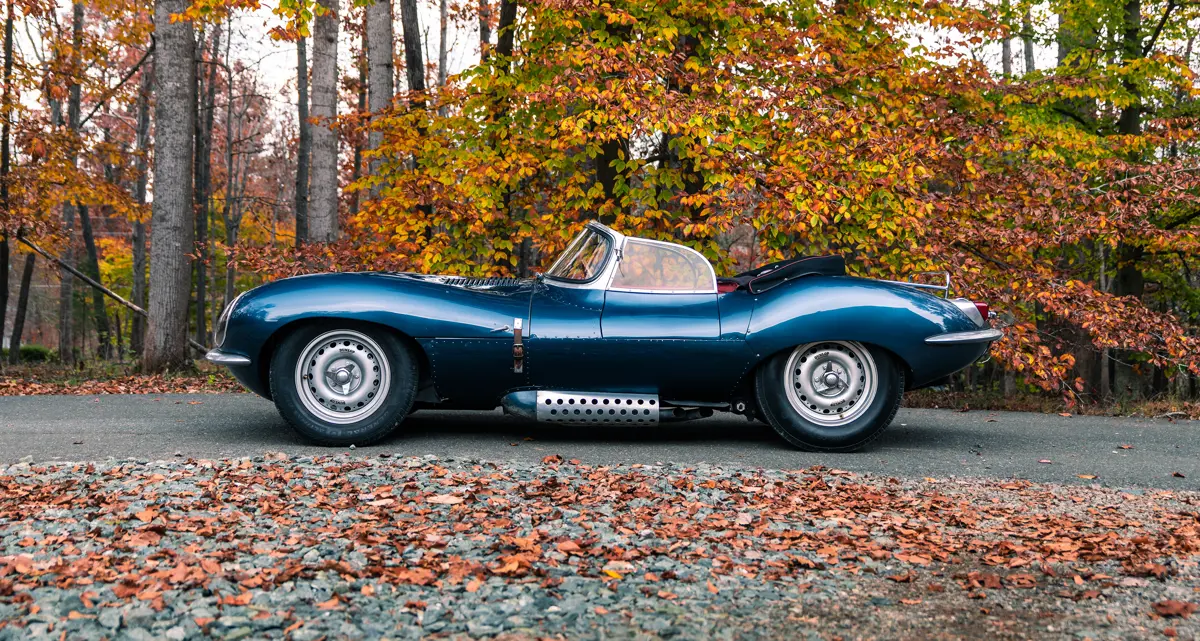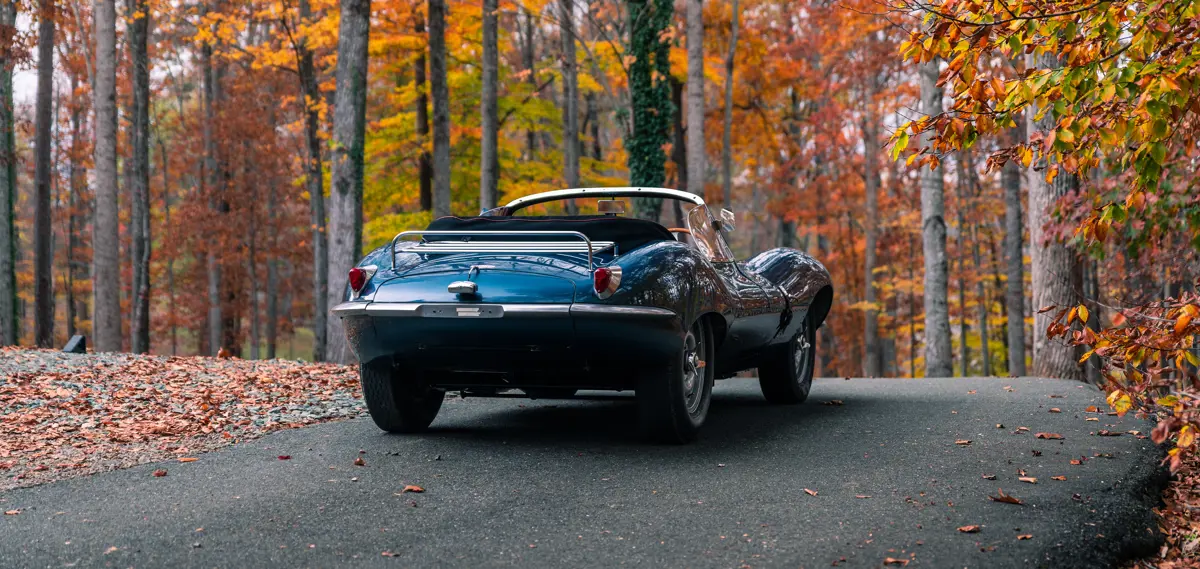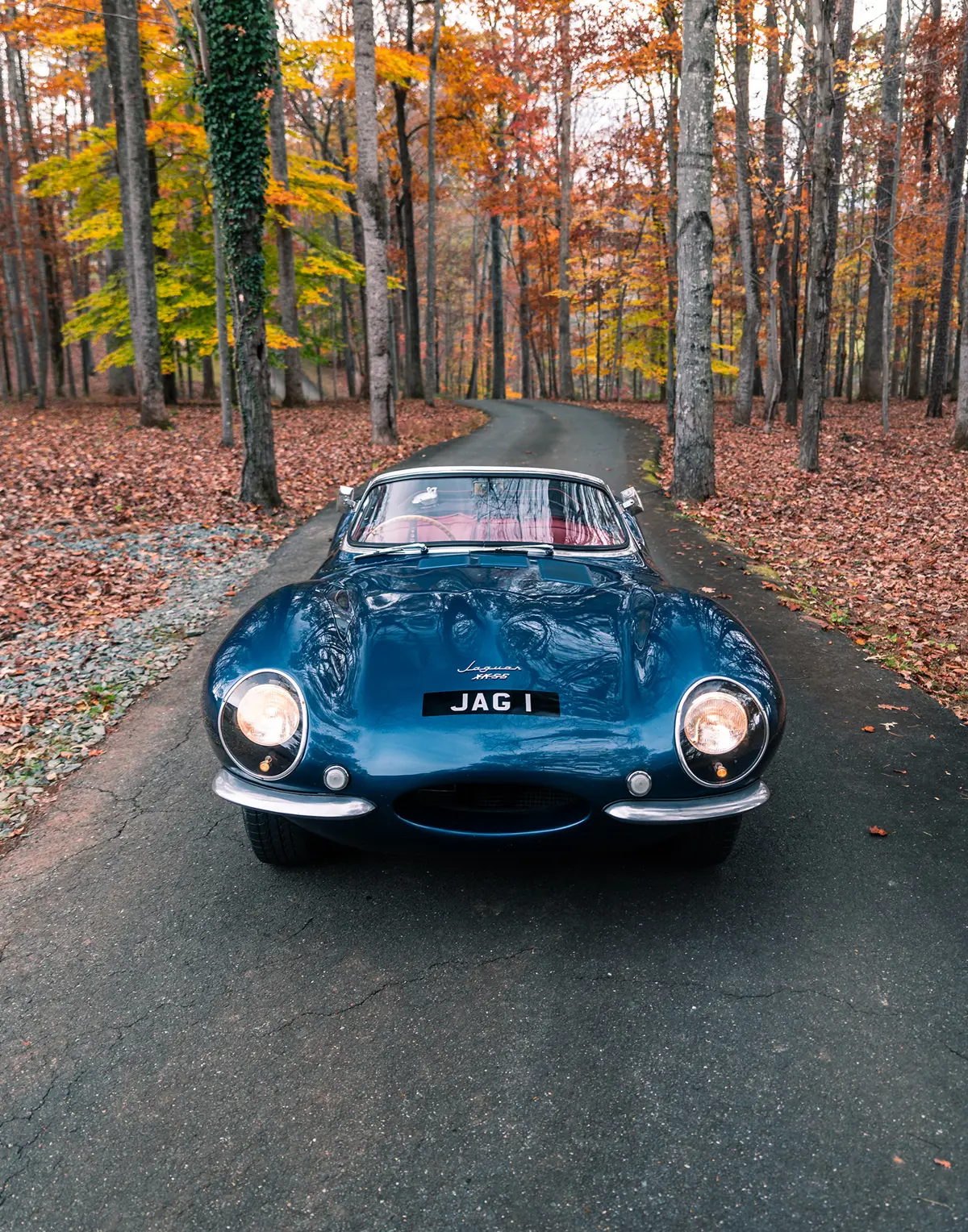The incident occurred on a Tuesday in early February of 1957, after many of the employees had already left Jaguar’s Browns Lane factory: A raging fire spread from the tire storage room, quickly consuming nearly a quarter of the whole facility. According to an incredible newsreel captured in the aftermath of the disaster, the total impact from the damage amounted to £3,000,000.
A further twist of fate: Jaguar had only moved to the Coventry location fewer than five years previously. The site itself, formerly owned by Daimler, was a so-called “Shadow Factory” during World War II, where the building of Bristol Hercules engines took place. It had even survived the German blitzkrieg; while its sister factory, Radford, was nearly bombed into oblivion, Browns Lane was spared.
After the armistice, Jaguar’s good luck continued, with the British government extending a wartime contract to build twelve-cylinder Meteor engines for tanks. As company founder Sir William Lyons was happy to note, the weekly order of 35 military engines generated as much revenue as car production. By 1952, worldwide demand for sporting cars and saloons was sufficiently strong that even Sir William took notice, devoting the whole of Browns Lane to XK120 and Mark VII production. Like Ferrari, selling road cars funded Jaguar’s race research, with a competition variant of the six-cylinder XK engine debuting in the Le Mans-winning C-Type racer.
By the time the follow-up D-Type was released, new Jaguar research encompassed powerplant, chassis, and brake development. Unfortunately, the advanced engineering could not overcome the bad publicity generated after a factory D-Type crashed at Le Mans in 1956, killing many spectators. It did not matter that the D-Type’s futuristic disc brakes were far safer than competitors, nor that privateer D-Types won Le Mans overall the following two years—the market for Jaguar racers shrunk, and 25 remained unsold in late 1956. Sir William needed a spark of genius to create an unlikely sales success from this true tragedy.
The origins of the XKSS can be observed in a close viewing of the chassis stamp on the front shock absorber mounting. To the right of the “XKSS 707” marking is the original “XKD” chassis number, which was ground down by the factory as this sports racer was prepared. If the market for track-focused racecars did not exist, Jaguar could switch to selling the most adept track-ready road cars possible—all the better to compete with Ferrari and their 250 GT SWB California Spider. A new segment of automobile was being created: The first true supercars. Sir William’s skill at making the best out of a bad situation was unparalleled, and Jaguar made the decision to reinvent its remaining D-Types into the ultimate dual-purpose machine. The XKSS was born.
In the winter of 1956, ten years before the debut of the Lamborghini Miura, Jaguar engineers were building what was essentially a supercar. Futuristic disc brakes, the first on any production car save for the D-Type, and a lightweight monocoque chassis made for a driving experience that was years ahead of its time. Without a formal flywheel, and with no limited-slip differential, the Road & Track review in period reported throttle response “as near to instantaneous as any carbureted engine we have ever driven,” while also noting it did not overheat in traffic.
Naturally, even the cool-running nature of the XKSS would not have prevented it from catching fire during the Browns Lane blaze. The fire that started in the tire storerooms spread quickly to the sawmill, the test department, material stores, and, finally, to the dispatch area, where the freshly finished models were awaiting export. It was there that 25 of the brand-new XKSS sports racers were kept. Fortunately, the few employees still onsite braved the flames and valiantly saved sixteen of the precious XKSS chassis—a minor miracle, averting true tragedy.
Looking back on the aftermath of the 200,000 sq. ft. fire at the Browns Lane plant, one is aware of the greater catastrophe that could have been. Jaguar employees put on their best smiles as they cleaned up the wreckage, salvaging as many spare parts as possible. Surely, they must have been happy to have saved the majority of the XKSS production, pushing their lightweight, 2,300 lb. bodies to the relative safety of the car park outside. We, too, are grateful.
Every original XKSS shares this extraordinary origin story. They are all survivors, perhaps not flameproof, but certainly resistant to Jaguar’s historic fire. For the rest of the company, the recovery effort was astounding. By July of 1957, Jaguar was already back to full production. On the horizon was to be their biggest-ever worldwide success, the Series 1 E-Type, in Fixed Head Coupe and Roadster variants. Sixty years after the fire, Jaguar decided to revive the XKSS, taking the remaining nine lost chassis numbers and building identical continuation models. But for true collectors, the sixteen original XKSS sports racers represent a pinnacle of Jaguar ownership.
Rescued from a terrible fire, protected for posterity by the considerate workers in Coventry, this XKSS has become a coveted piece of British motoring history. Registered with the unmistakable “JAG 1” number plate, the sale of this 1957 Jaguar XKSS is sure to draw the attention of aficionados worldwide when it crosses the block as part of RM Sotheby’s Monterey 2023 auction. Many Jaguars will join it, but few can claim to be equally fireproof.

